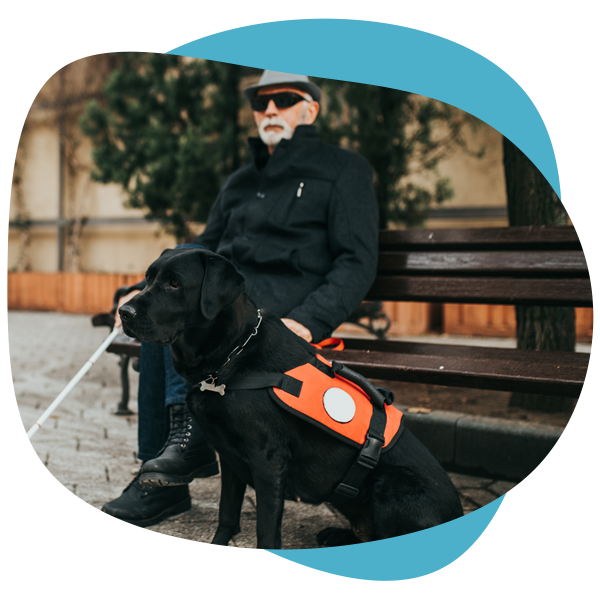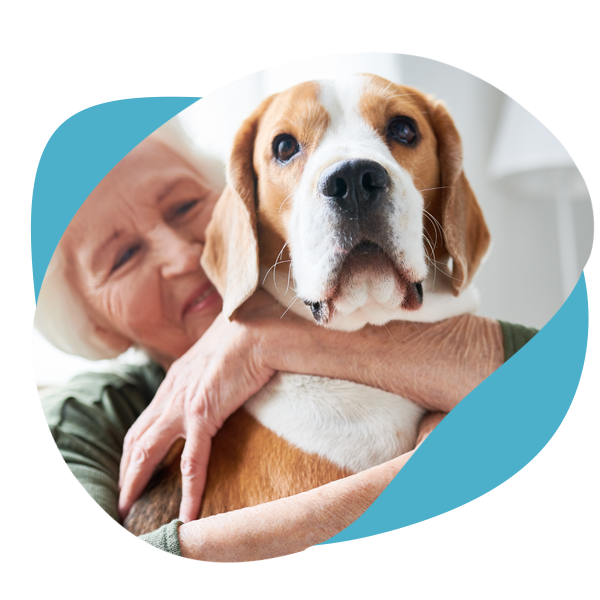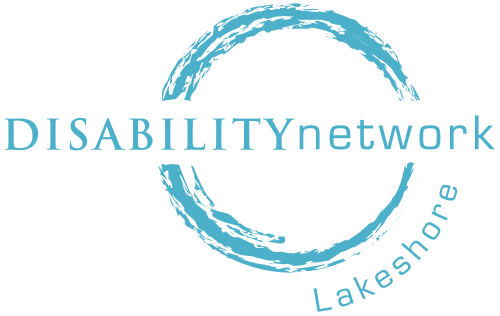Assistance Animals
The Fair Housing Act defines assistance animals as “an animal that works, provides assistance, or performs tasks for the benefit of a person with a disability, or that provides emotional support that alleviates one or more identified effects of a person’s disability.” These support animals can be quite expensive, so training your own might be something you’ll want to consider. There are three categories of assistance animals: therapy dogs, emotional support animals, and service dogs and horses. The first step is to determine what it is exactly that you need.

Therapy Dogs
Therapy dogs are gentle, well-mannered dogs and are usually tested by an evaluator to make sure they are appropriate for visiting patients in hospitals and nursing homes. They don’t require specific training, other than being obedient and liking people. Several companies provide insurance coverage for therapy dogs if you are able to complete their evaluation program.

Emotional Support Animals
Emotional support animals also do not require special training. Many different types of animals can provide support. For example, a cat may help prevent panic attacks, or a dog may lessen anxiety in its owner during times of stress. For an animal to be considered an emotional support animal, the owner must have a letter or prescription from a mental health worker or doctor.



Service Animals
Service Animals are regulated by the Americans with Disabilities Act. The ADA definition of a service animal is “one that is specifically trained to do work or perform tasks for the benefit of an individual with a disability.” Service animals are the only category of assistance animals covered by the ADA.
Professional training of a service animal can cost anywhere from $5,000 to $70,000. Factors that contribute to this expense include breeding (for intelligence and health), high-quality food, outstanding veterinary care, and intentional exercise for proper and healthy development. Training costs also contribute to the expense: Basic obedience starts as a puppy and includes extensive socialization and exposure to many different situations, so the service animal is not easily distracted from doing its job. The final and likely costliest expense is the intensive training specifically designed to mitigate the owner’s disability.
Training your own service dog starts by choosing a puppy with a disposition suited for what he or she will be doing. Some breeds are better suited for service than others. Traditionally, German Shepherds and Labrador Retrievers have been used as guide dogs, and Standard Poodles and Border Collies work well with behaviors that require making decisions about actions to take such as when to call for help, or how to open a door. However, any type of breed may be appropriate if they are calm and intelligent.
If you are thinking about training your own service dog, you may want to contact a professional dog trainer to guide you through the process. Most trainers today use Positive Reinforcement training to teach dogs the behaviors that are required, and a trainer can help you design a plan for rewarding the behaviors you need the dog to perform.
Disability Network/Lakeshore has a professional dog trainer on staff. Chris Wistrom will work with you from choosing a puppy to designing a training plan for the specific behavior your dog will need in order to be of assistance to you. If the behaviors you want your dog to perform are beyond her skill set, she’ll help you identify alternative trainers to help your dog become the companion you need him to be.
As always, there is no charge for our services. Call Disability Network/Lakeshore at 616.396.5326 and ask to speak to Chris at extension 106.

